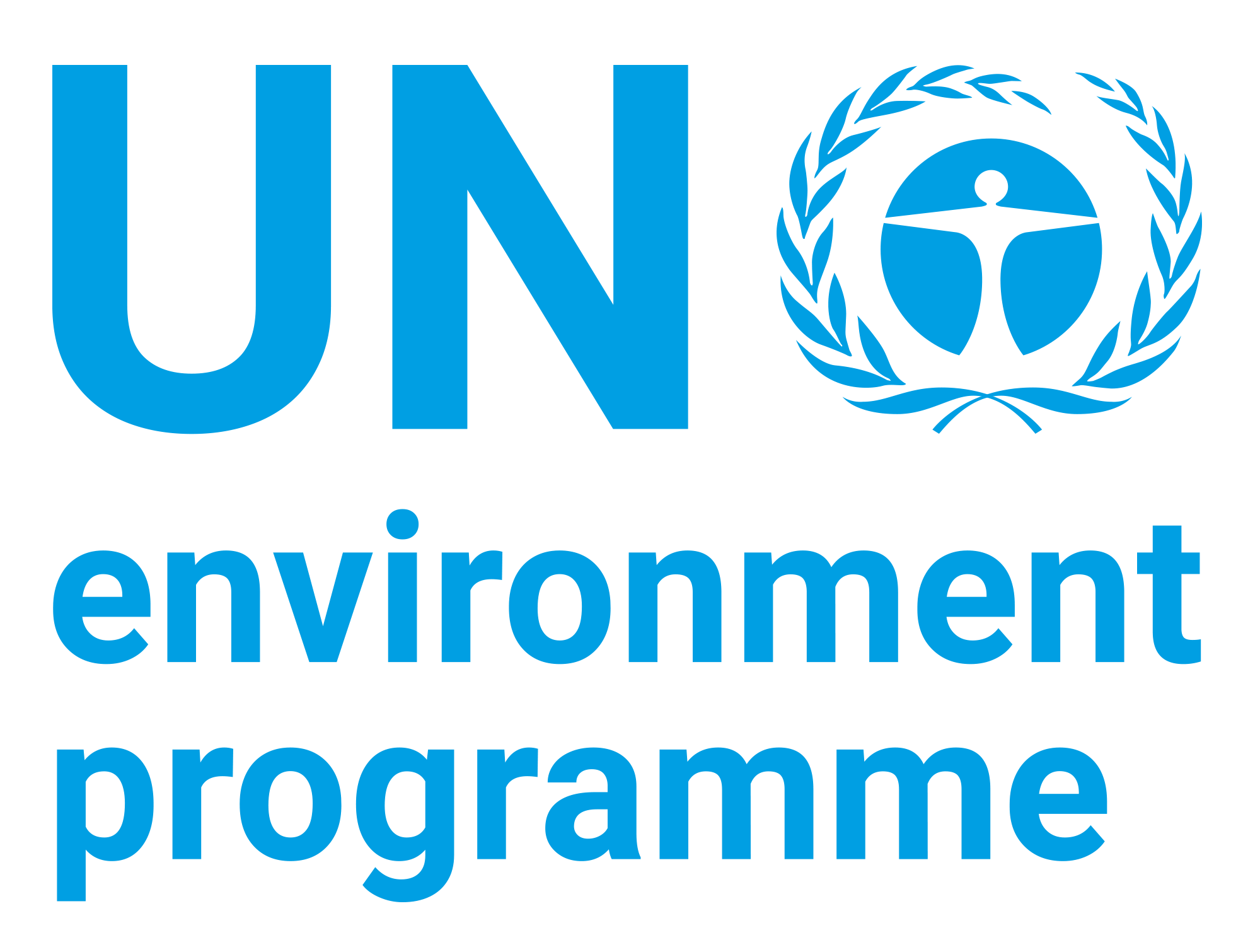Seagrasses of East Asia: Environmental And Management Perspectives - RCU/EAS Technical Report Series No.6
| dc.contributor | Ecosystems Division | en_US |
| dc.contributor.author | United Nations Environment Programme | en_US |
| dc.contributor.other | Fortes, M. D. | en_US |
| dc.coverage.spatial | Asia and the Pacific | en_US |
| dc.date.accessioned | 2019-07-28T13:14:56Z | |
| dc.date.available | 2019-07-28T13:14:56Z | |
| dc.date.issued | 1995 | |
| dc.identifier.uri | https://wedocs.unep.org/20.500.11822/28990 | |
| dc.description | Seagrasses are the only group of submerged flowering plants in tropical and temperate marine environment. Thriving mostly in shallow-water coastal habitats, they are adapted to live submerged in saline medium, with an anchoring system that withstands wave action, and to be capable of hydrophilous (by the agency of water) pollination (Arber, 1920). Thence, they perform a wide spectrum of biological and physical functions which are the bases of their environmental and economic roles, making seagrasses an essential link in the energy dynamics of coastal and marine environments. | en_US |
| dc.format | Text | en_US |
| dc.language | English | en_US |
| dc.rights | Public | en_US |
| dc.subject | environmental management | en_US |
| dc.subject | environmental aspect | en_US |
| dc.subject | ecosystem | en_US |
| dc.subject | research and development | en_US |
| dc.subject | seagrass | en_US |
| dc.title | Seagrasses of East Asia: Environmental And Management Perspectives - RCU/EAS Technical Report Series No.6 | en_US |


